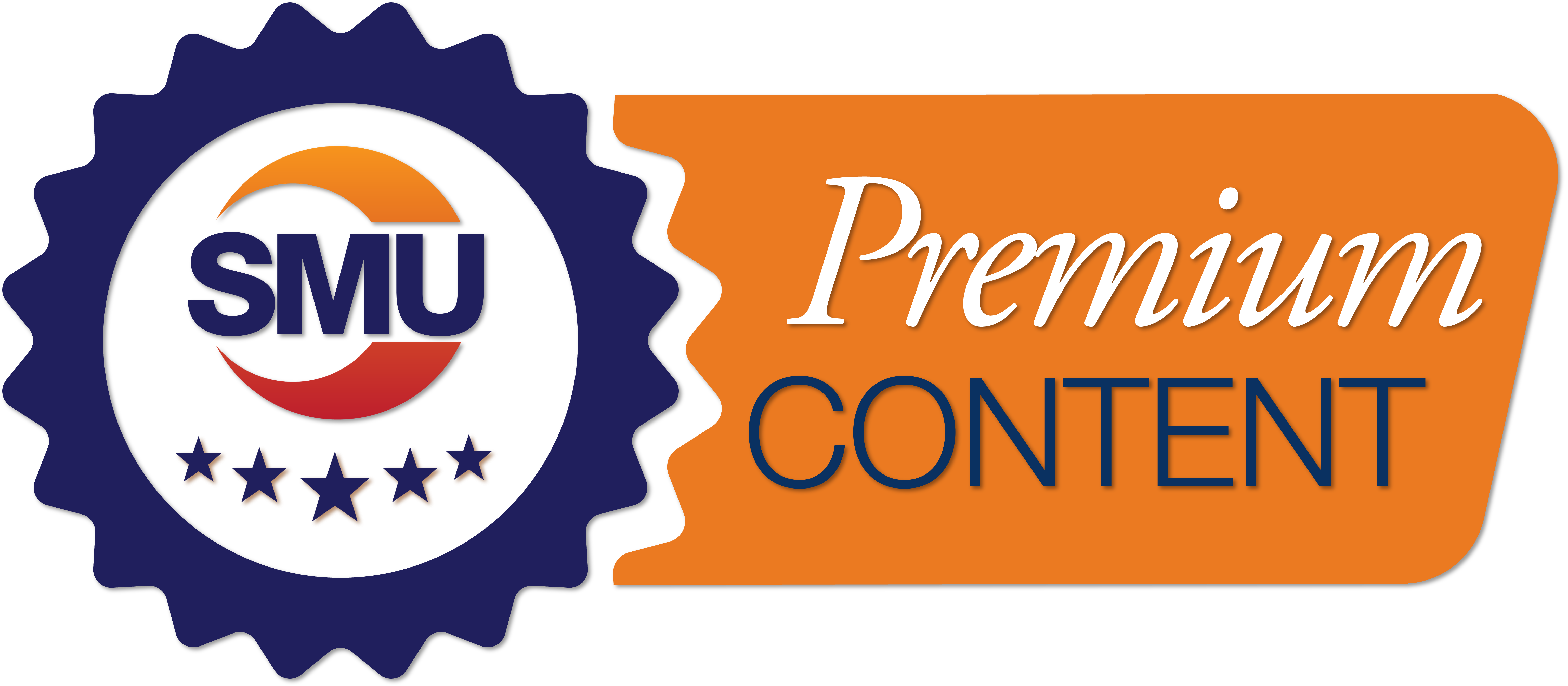Market Data

June 1, 2021
Global Manufacturing's Accelerating, But Overshadowed by Supply Issues
Written by Sandy Williams
Good news on the global manufacturing front in May: The J.P. Morgan Global Manufacturing PMI showed production accelerating at one of the fastest rates in a decade and new order growth was at an 11-year high.
The PMI, produced by J.P Morgan and IHS Markit, rose to 56.0 in May. Only six of the 20 nations in the survey showed contraction during the month, including Mexico. Most nations reported better business conditions with employment levels rising for the seventh consecutive month. Employment gains were led by the EU and United Kingdom, achieving near or record paces.
Not all indicators were rosy, however. Vendor lead time lengthened to a survey record, intensifying the rise in manufacturer backlogs and contributing to inflation. Input costs rose at their steepest rate in more than a decade, accompanied by record increases in selling prices, said J.P. Morgan and IHS Markit.
Purchasing activity picked up, improving global inventories of raw goods, but inventories of finished goods continued to fall.
The Eurozone Manufacturing PMI soared to its highest reading in survey history, registering 63.1. PMI readings for investment, intermediate and consumer goods categories were close to survey highs. Demand rose on the domestic front as well as increasing sharply in the export market. PMIs for all eight countries were at record highs or multi-year peaks, said IHS Markit. Demand was robust but production struggled to keep up with order books. Deteriorating supplier delivery performance continued to drag down production rates even as purchasing activity increased at a record pace. Rising input costs led to the fastest jump in selling prices in more than 18 years of survey data. The increase in orders and backlogs led to a boost in workforce numbers. Employment growth accelerated to its highest level since January 2018.
“Eurozone manufacturing continues to grow at rate unprecedented in almost 24 years of survey history,” commented Chris Williamson, chief business economist at IHS Markit. “The survey data therefore indicate that the economy looks set for strong growth over the summer but will likely also see a sharp rise in inflation. However, we expect price pressures to moderate as the disruptive effects of the pandemic ease further in coming months and global supply chains improve. We should also see demand shift from goods to services as economies continue to reopen, taking some pressure off prices but helping to sustain a solid pace of economic recovery.”
Demand in China increased at home and overseas in May. The Caixin China General Manufacturing PMI rose slightly from 51.9 to 52.0 last month. Output rose moderately but was dampened by material shortages and higher purchasing costs. Supplier lead times continued to lengthen as firms sought to replenish input inventories. Higher input costs resulted in the fastest increase in output prices since February 2011. Despite a dip in positive sentiment to a four-month low, manufacturers remained confident regarding future business activity.
A modest improvement was recorded for manufacturing in Russia in May. The PMI rose to 51.9 from April’s score of 50.4. Orders rose sharply and included a resurgence of new export orders. Production rose at its fastest rate since February and hiring increased to support demand. Input prices were higher amidst continued supplier shortages and transportation delays. Higher costs were passed on to clients. “Manufacturers were the least upbeat since January, as concerns regarding prices and client purchasing power weighed on confidence. Nonetheless, our current forecast anticipates a near 3% year-on-year increase in industrial production during 2021,” said IHS Markit Economist Sian Jones.
In North America, the manufacturing recovery continues in Canada and the U.S. but is still stalled in Mexico.
Business conditions deteriorated in Mexico in nearly all components of the IHS Manufacturing PMI. The headline PMI dropped further into contraction to 47.6, down from 48.4 in April. Orders, production, purchasing activity and employment declined in May. Input prices continued to increase due to supply issues, but manufacturers once again lowered selling prices to attract new business. Mexico continues to struggle with the COVID-19 pandemic, but manufacturers remain optimistic that it will be brought under control and business conditions will improve.
A different story is playing out in Canada. Output and new orders expanded in May and employment levels rose at their sharpest pace in five months. The PMI recorded its fifth strongest operating growth in the survey’s history with a reading of 57.0, down slightly from 57.2 in the previous month. Demand jumped in both domestic and export markets, particularly from the U.S.
“Meanwhile, vendor performance continued to deteriorate in May. Lead times lengthened at the third most marked rate in the near 11-year history of the survey, which has had knock on effects on prices and input availability,” said IHS Markit Economist Shreeya Patel. “Raw material and transportation expenses soared, with firms rushing to add to their stockpiles in a bid to offset future delays. A record increase in output prices suggests a large proportion of the burden was passed on to clients, but manufacturers will find the building inflationary pressures unsustainable.”
The U.S. manufacturing sector boomed in May, jumping to a PMI of 62.1 from 60.5 posted in April. Production accelerated at its second strongest pace since late 2014 in order to fill record order growth from both domestic and export clients, said IHS Markit. U.S. manufacturers are enjoying a bumper second quarter but supply chain delays, raw material shortages and soaring input prices are limiting operating capacity and causing output charges to rise at an unprecedented rate, said Williamson.
“Not only is operating capacity being curbed by record supply chain delays so far in the second quarter, but firms have also been increasingly unable to hire sufficient staff. Hence backlogs of work are building up at an unprecedented rate, as firms struggle to meet demand,” said Williamson.
“These backlogs of orders should support further production growth in the next few months, adding to signs of impressive economic expansion over the summer. But manufacturers’ expectations further ahead have moderated, hinting that the growth rate is peaking, linked to worries about capacity limits being reached, rising prices hitting demand and a peaking of stimulus measures.”







